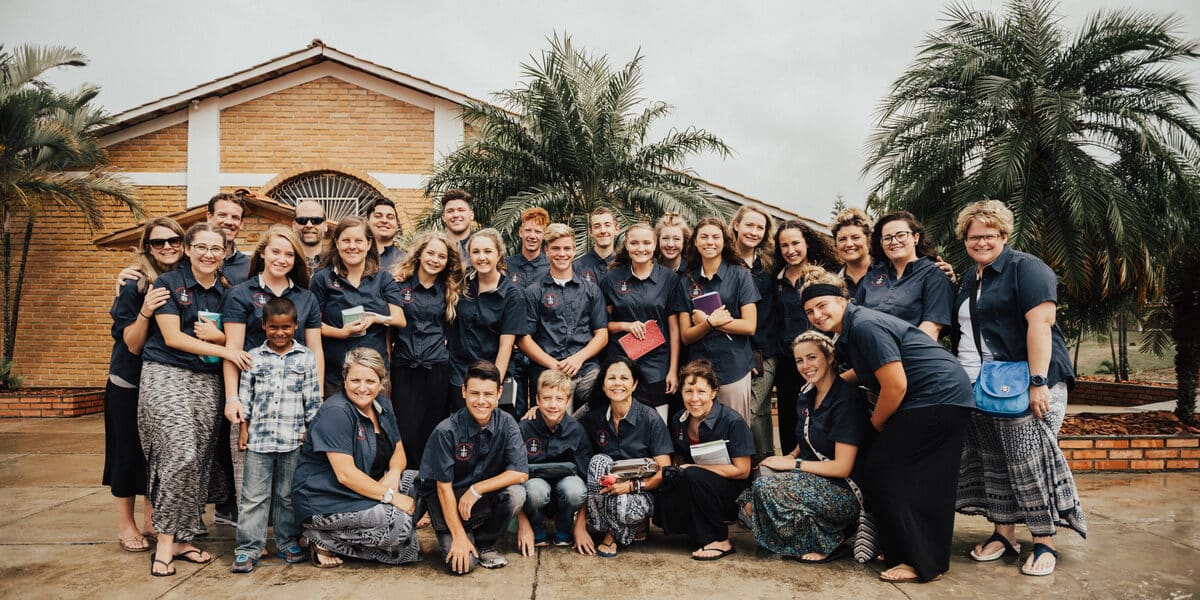By Doug Franklin
Your mission trip has the potential to be a great and impactful experience for the community you’ll serve and for your students. But there may be a disconnect between your goals for your trip and your students’ expectations.
While you (and your students’ parents) may be excited for students to learn about service and how to work together as the body of Christ, your students are probably more interested in the new places they’ll visit, staying up late, and hanging out with their friends.
So, if you’re serious about making the most of your mission trip, it’s going to take some creativity and a lot of intentionality.
- SERVICE VS. SACRIFICE
Your mission trip should offer students more than an opportunity to serve; it should encourage them to sacrifice. Service requires only a few hours each day, but sacrifice requires students to give up something of value for something of greater value.
Your mission trip will be more intentional if you ask students to sacrifice for the trip. Before, during, and after your trip, consider challenging them give up something in order to serve longer. Could they sacrifice showers, free time or sightseeing time? In doing so, you’ll raise the expectation of their service and give them an opportunity to sacrifice.
- INTENTIONAL SPIRITUAL DEVELOPMENT PLAN
It’s best to get intentional about students’ spiritual growth before, during, and after your trip.
Before the trip, create a training module to help students understand the biblical reason for doing missions. During your trip, create a plan to help them understand God’s plan to care for the poor. After your trip, set up a time to debrief your trip and think through ways to challenge students to live everyday like they are on a mission trip.
Mission trips are a great place to teach individual students about God’s plan for this world and their role in it. Don’t miss this opportunity to equip students to study God’s word and make applications that are specific to their life and walk with God.
Craft an individual discipleship plan for each student on the trip. This plan should not only acknowledge where a student is at in their faith journey, but it should also give direction for their next growth goals and steps. Take time to highlight how a student is growing, where they’re struggling, and which faith lessons have yet to take root.
- LEADERSHIP LABS
The last step to a more intentional mission trip is to give your students space and time to lead. Your mission trip is filled with what I like to call “leadership labs.”
A leadership lab is you (or any adult who is focused on developing students as leaders) and a few students. Through this relationship, the adult is taking the time to mentor, disciple, and develop students as leaders by taking advantage of the project in front of them during the trip.
You might put students in charge of food, the work project, or even the outreach component of your trip. Each of these can serve as leadership laboratories where students will get to practice their leadership and be mentored along the way.
It’s true that the meals might not taste as great, the work project might not be done as quickly, and the outreach event might be missing a few supplies, but when students lead, it changes everything.
When we’re in charge of the trip, all students will do is participate. Participation leads to apathy because it’s the same old, same old.
If, on the other hand, we invite students to lead, we will see them become the leaders in church. They will move from participants to owners. Owners stay long-term and care about the vision and direction of the church.
Doug Franklin is the president of LeaderTreks, an innovative leadership development organization focusing on students and youth workers, www.leadertreks.org.















